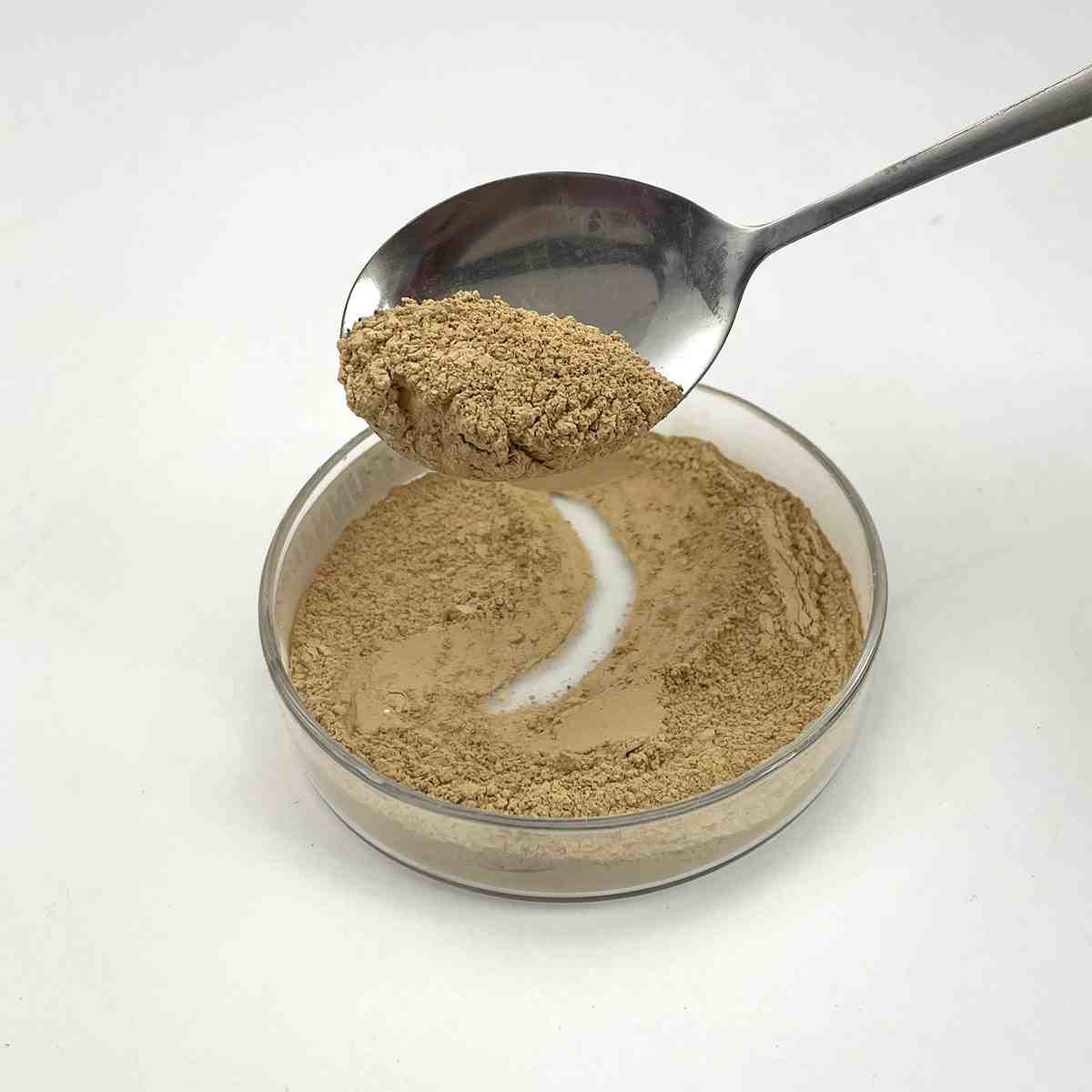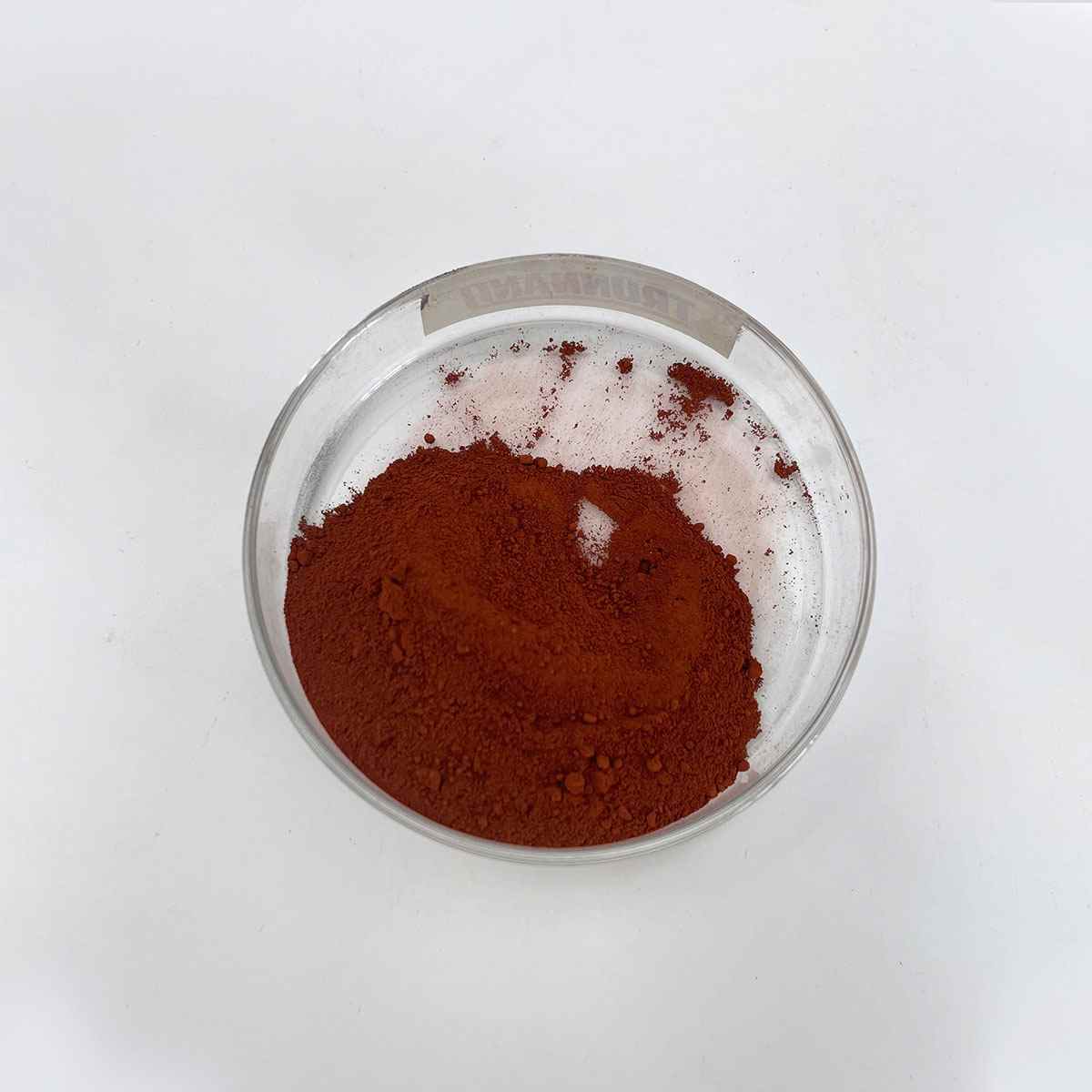Overview of Surfactant Cationic Surfactant in Conditioner/Shampoo Textile Softener/Mothproof Agent
Cationic surfactants are a class of surface-active agents that contain a positively charged head group or cation when dissolved in aqueous solutions. They are characterized by their unique ability to interact with negatively charged surfaces, making them versatile compounds with applications across industries including personal care, household cleaning, textiles, agriculture, and pharmaceuticals. Their positive charge allows for specific interactions with anionic (negatively charged) molecules, which governs their functionality in various formulations.
Features of Surfactant Cationic Surfactant in Conditioner/Shampoo Textile Softener/Mothproof Agent
-
Positive Charge: The hydrophilic (water-loving) head of a cationic surfactant carries a positive charge, typically derived from ammonium, pyridinium, or quaternary ammonium groups.
-
Strong Binding: Due to their positive charge, they bind strongly to negatively charged surfaces, like those found on skin, hair, or certain bacteria and viruses.
-
Emulsifying & Foaming Properties: Many cationic surfactants are effective emulsifiers, stabilizing oil and water mixtures, and can produce stable foams.
-
Conditioning & Softening: In personal care products, they improve the feel of hair and skin by depositing a conditioning film, enhancing manageability and softness.
-
Antimicrobial Activity: Some cationic surfactants exhibit bactericidal or virucidal properties, making them useful in disinfectants and sanitizers.
-
Compatibility: They can be formulated with other types of surfactants to enhance performance or modify product properties.

(Surfactant Cationic Surfactant in Conditioner/Shampoo Textile Softener/Mothproof Agent)
Specification of Surfactant Cationic Surfactant in Conditioner/Shampoo Textile Softener/Mothproof Agent
Cationic surfactant is a key active ingredient in items like conditioners, hair shampoos, fabric conditioners, and mothproof representatives. It lugs a favorable charge. This assists it bind to surface areas with a negative charge, such as hair or material fibers. The result is improved soft qualities, minimized static, and much better manageability.
The primary chemical type utilized is quaternary ammonium compounds. These compounds are stable in different formulations. They liquify conveniently in water. The concentration typically ranges between 5% and 20% in final products. This depends on the wanted effect. The pH degree is gotten used to stay between 3.5 and 6.5. This guarantees compatibility with hair and skin.
In conditioners and hair shampoos, cationic surfactants layer the hair shaft. They smooth the cuticle layer. This lowers rubbing during combing. It stops damage and split ends. The hair feels softer and looks shinier. The component also assists maintain wetness. This works for completely dry or broken hair.
Textile softeners make use of cationic surfactants to treat textiles. The positive fee connects to adversely billed fibers like cotton or wool. This creates a smooth surface area. Garments feel softer and stand up to creases. Fixed cling is lowered. The effect lasts with multiple laundries.
Mothproof representatives depend on cationic surfactants to secure fabrics. The compounds repel pests. They produce a protective layer on fibers. This stops moths from destructive materials like wool. The therapy is resilient. It functions without altering the textile’s structure or shade.
Safety and security is a concern. The surfactants are evaluated for skin inflammation. They meet cosmetic and textile sector standards. They are eco-friendly most of the times. Ecological impact is minimized. Storage needs amazing, completely dry conditions. Direct sunlight is prevented. This preserves security with time.
The item works with other ingredients. It blends well with silicones, oils, and chemicals. No splitting up happens in formulas. Performance continues to be regular. Producers change the dosage based on application needs. Greater focus match durable fabric treatments. Lower levels work for daily-use hair care.
Cost-effectiveness is an advantage. Percentages deliver noticeable results. Production processes are simple. No specialized equipment is needed. This maintains manufacturing efficient.

(Surfactant Cationic Surfactant in Conditioner/Shampoo Textile Softener/Mothproof Agent)
Applications of Surfactant Cationic Surfactant in Conditioner/Shampoo Textile Softener/Mothproof Agent
Cationic surfactants are key components in several personal care and fabric items. Their positive charge makes them stick well to surface areas with an unfavorable fee, like hair or fabric. This property helps them work efficiently in conditioners, hair shampoos, textile softeners, and mothproof representatives.
In hair conditioners, cationic surfactants coat the hair surface. They smooth down rough follicles, minimize frizz, and make hair less complicated to brush. Harmed hair advantages a lot more due to the fact that it lugs a stronger adverse cost, attracting a lot more surfactant particles. Shampoos sometimes consist of these surfactants in smaller sized total up to include moderate conditioning impacts without leaving hefty residue.
Textile conditioners rely greatly on cationic surfactants. When fabrics go through cleaning, they grab adverse costs from rubbing. Cationic surfactants hold on to these charges, creating a thin layer on fibers. This layer makes clothing feel softer, reduces static stick, and prevents creases. The surfactants also help fabrics keep their color longer by minimizing fiber damages throughout washing.
Mothproof representatives make use of cationic surfactants to shield wool and other all-natural fibers. Moths and larvae prevent textiles treated with these compounds. The surfactants interfere with the bugs’ food digestion or nervous systems, quiting them from consuming the material. This therapy is durable, staying reliable even after numerous laundries.
Cationic surfactants are chosen for their compatibility with other ingredients. They blend well with oils, silicones, or fragrances in hair items. In fabrics, they function together with antistatic agents or preservatives without shedding effectiveness. Their security under various temperatures and pH degrees makes them trustworthy for long-lasting usage.
Safety and security is a top priority when utilizing these surfactants. They are tested to ensure they do not aggravate skin or injury the environment. Solutions balance performance with mildness, especially in products used straight to hair or skin. Reduced concentrations prevail in rinse-off items like hair shampoos, while higher degrees might be used in wash-cycle fabric treatments.
Cationic surfactants adjust to various needs. They adjust to different water hardness levels or fabric types, preserving consistent results. Their adaptability sustains both daily customer products and specialized industrial applications.
Company Profile
SurfactantChina is a trusted global chemical material supplier & manufacturer with over 12-year-experience in providing super high-quality surfactant and relative products.
The company has a professional technical department and Quality Supervision Department, a well-equipped laboratory, and equipped with advanced testing equipment and after-sales customer service center.
If you are looking for high-quality surfactant and relative products, please feel free to contact us or click on the needed products to send an inquiry.
Payment Methods
L/C, T/T, Western Union, Paypal, Credit Card etc.
Shipment
It could be shipped by sea, by air, or by reveal ASAP as soon as repayment receipt.
5 FAQs of Surfactant Cationic Surfactant in Conditioner/Shampoo Textile Softener/Mothproof Agent
Cationic surfactants are molecules with a positive charge. They are used in products like conditioners and textile softeners. Their main job is to soften materials and reduce static. Here are five common questions about their use.
What are cationic surfactants? These molecules have a positive charge. They stick to surfaces with a negative charge. This makes them useful in hair care and fabric products. They help soften hair, reduce frizz, and make fabrics feel smoother.
Why are cationic surfactants in conditioners? Hair carries a negative charge after washing. The positive charge of these surfactants helps them stick to hair strands. This creates a smooth layer on the hair surface. It reduces friction, prevents tangles, and adds shine.
Are cationic surfactants safe in shampoos? They are safe when used correctly. Shampoos contain smaller amounts compared to conditioners. Rinsing removes most residues. People with sensitive skin should check for irritation. Most products are tested for safety.
How do cationic surfactants work in textile softeners? Fabrics like cotton and wool have negative charges. The surfactants stick to these fibers. This coats the fabric, making it feel softer. It also reduces static cling during drying.
Can cationic surfactants act as mothproof agents? Yes. Moths damage wool by eating keratin proteins. Cationic surfactants bind to wool fibers. They form a protective layer moths dislike. This helps prevent moth damage without harsh chemicals.
These surfactants are versatile. They improve product performance across industries. Proper use ensures benefits without negative effects.

(Surfactant Cationic Surfactant in Conditioner/Shampoo Textile Softener/Mothproof Agent)






